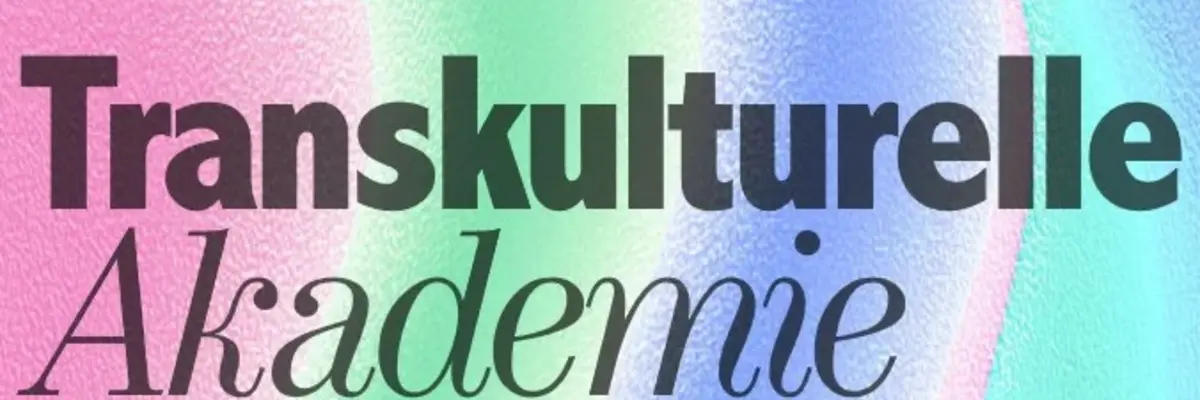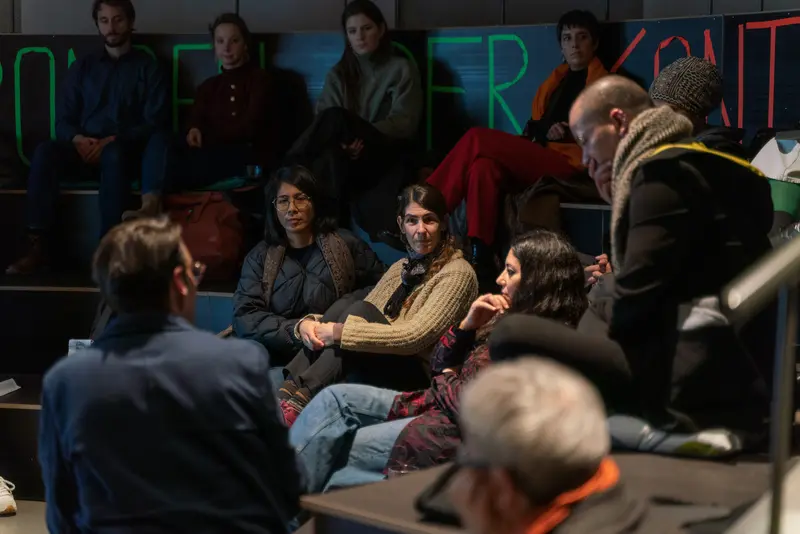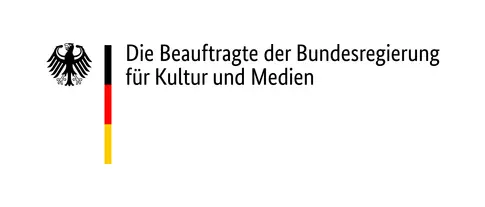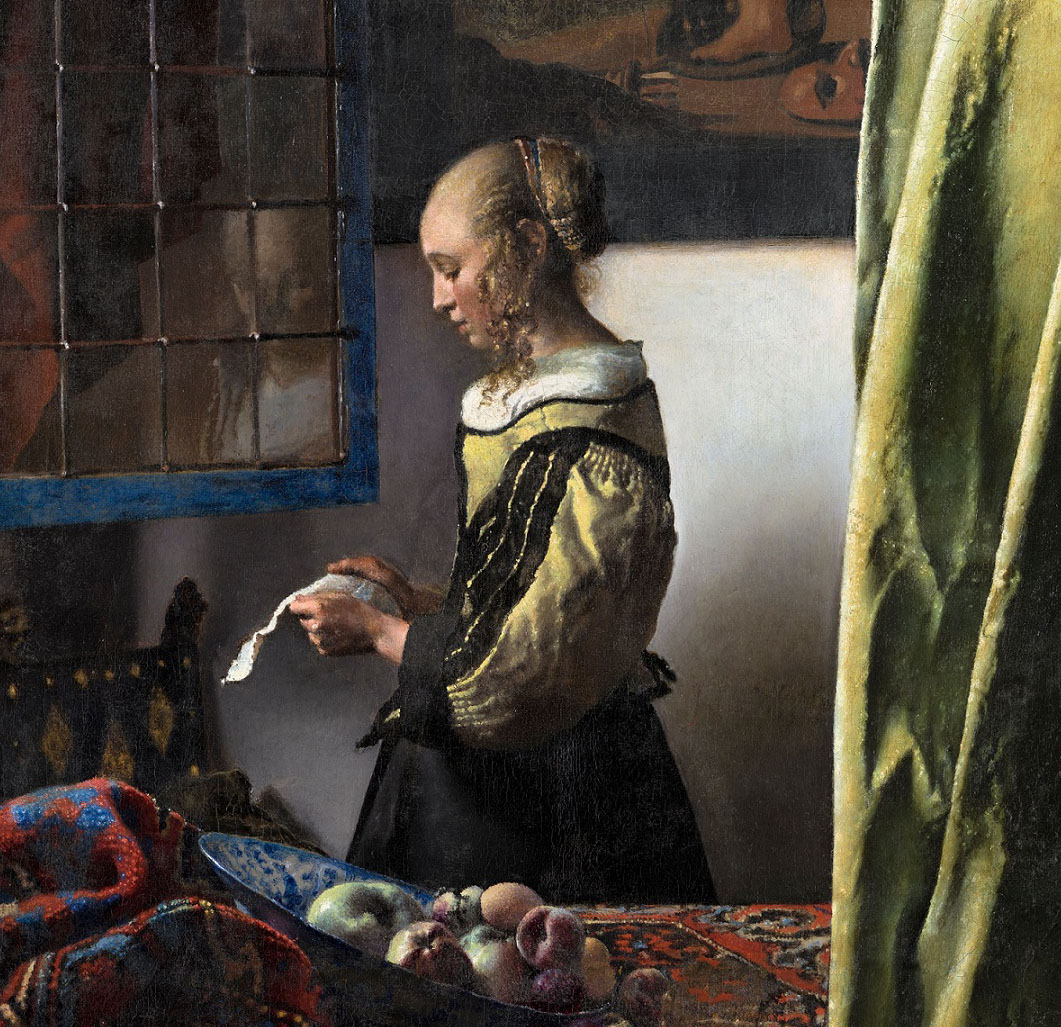TA 22
The Transcultural Academy Towards a Worlded Public 2022 at the Japanese Palace of the Staatliche Kunstsammlungen Dresden (SKD) dealt with research questions and public articulations of transdisciplinary processes in museums. It explored how artistic practice and curating address and mobilise a museum audience with different perspectives, voices and positions. The term "worlded" and what can constitute a "worlded public" had to be negotiated in this context.
The SKD was founded in 1560 as a court art chamber by Elector Augustus and Electress Anna. Later expanded by Augustus II (also known as "Augustus the Strong", 1670-1733) during the time of the Holy Roman Empire, the SKD's cosmogony is inextricably linked to the tension between imperial possession and artistic virtuosity; to this day, the SKD is enmeshed in structures of coloniality and the power of the imagination. In this respect, it also embodies an exorbitant wealth of "potential history" (Ariella Aïsha Azoulay), passed down through generations through forms of knowledge of resistance, care and the undocumented. The Transcultural Academy 2022 took up this complex history. It went on to ask: What shifts in perspective can be brought about in the existing categories of museum classification? What would a genuine recognition of different positions look like? Can histories that were violently repressed in the past reflect a "worlded public" in the present? How does the term "worlding" differ from "transcultural", "cosmopolitan", "diasporic" or "international"? More specifically, what does "worlded" mean in the context of a museum complex like the SKD with a 500-year history? What are the limits of the museum in creating a "worlded public"? And above all: who is such a public?
These questions are based on the concept of "radical co-presence" (Bonaventura De Sousa Santos), in which different cultures of memory, understandings of art and cultural practices are used to conceptualise a multi-layered public sphere. Together with the fellows and guests of the Transcultural Academy, a public assembly was organised to deepen transcultural learning processes, practise artistic action and discuss methods for creating a more just museum in the 21st century using the example of the SKD.
To the Program



